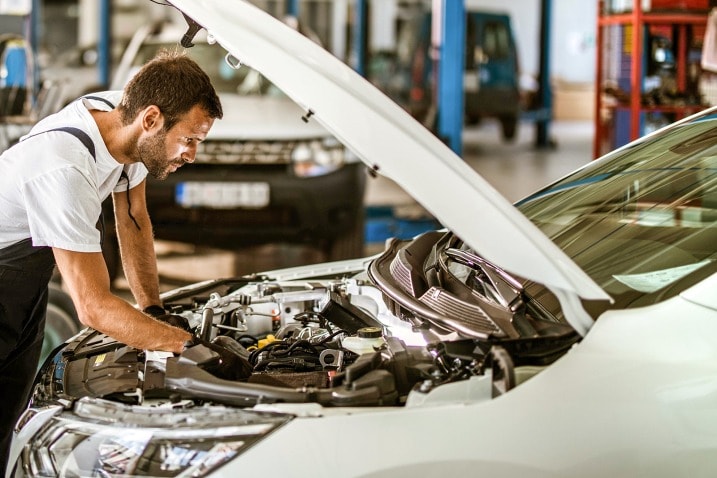All Categories
Featured

Understanding Diagnostics in Vehicle Fixing: A Trick to Effective Upkeep
In today's rapidly developing automotive landscape, diagnostics play an essential role in ensuring reliable and accurate lorry fixing. Modern lorries are outfitted with advanced innovation, making it critical for fixing specialists and automobile owners alike to understand the analysis procedure. By recognizing problems early and correctly, diagnostics can save time, lower expenses, and improve the general efficiency of your car.What Are Car Diagnostics? Automobile diagnostics entail evaluating your auto's systems to find and determine problems. This process typically counts on advanced diagnostic tools that connect to the car's onboard computer system. A lot of contemporary cars are furnished with an Onboard Diagnostics (OBD) system, which keeps track of different parts, such as the engine, transmission, brakes, and emissions.

When something goes incorrect, the OBD system documents mistake codes, which are then accessed utilizing an analysis scanner. These codes supply important understandings right into the malfunction, permitting specialists to identify the origin and advise ideal repair work.
Why Are Diagnostics Important? Accurate Concern Recognition: Analysis devices offer precise info regarding issues within your car. As opposed to depending on guesswork or visual assessments alone, mechanics can quickly identify the precise component or system that needs focus. Time and Cost Effectiveness: Very early detection of prospective concerns assists avoid pricey fixings. For example, detecting a minor problem with your engine's timing can protect against much more substantial damage that could bring about engine failure. Enhanced Safety and security: By identifying concerns in important systems like brakes or air bags, diagnostics ensure your automobile is secure to drive. Environmental Advantages: Appropriate diagnostics can aid spot problems with exhausts systems, ensuring your cars and truck adheres to ecological policies and lessens its carbon impact. The Diagnostic Process. When you take your vehicle to a fixing shop for diagnostics, the process typically includes three key steps:
Connecting the Diagnostic Tool: A specialist connects a specific scanner to your car's OBD port. This tool reads mistake codes stored in the car's computer system. Examining the Data: The mistake codes are cross-referenced with supplier specs to interpret the problem. A "P0420" code could suggest a problem with the catalytic converter. Testing and Verification: To ensure accuracy, auto mechanics may do added examinations, such as inspecting parts physically or running performance tests. Selecting the Right Repair Shop. Not all service center use the exact same degree of analysis proficiency. Try to find a center outfitted with the current devices and staffed by licensed service technicians educated to manage your car's specific make and design. Quality stores commonly purchase continuous training to remain upgraded with innovations in vehicle technology.
Final Ideas. Recognizing diagnostics is crucial for aggressive automobile upkeep. Normal diagnostic checks can discover surprise problems, maximize your vehicle's performance, and extend its lifespan. Whether you're seeing a service center for routine maintenance or dealing with a particular issue, accurate diagnostics lay the groundwork for efficient repair services.

By focusing on diagnostics, you're not simply fixing your vehicle-- you're purchasing its longevity and reliability.
Latest Posts
Check Out Outstanding Car Repair Care from Montclare Auto Repair – Keep Your Car Running Smoothly
Published May 24, 25
1 min read
Discover the Best Auto Repair Coupons in Montclare, Chicago
Published May 23, 25
1 min read
Discover WyHy FCU – The Key to Superior Financial Services in Wyoming
Published May 22, 25
1 min read
More
Latest Posts
Check Out Outstanding Car Repair Care from Montclare Auto Repair – Keep Your Car Running Smoothly
Published May 24, 25
1 min read
Discover the Best Auto Repair Coupons in Montclare, Chicago
Published May 23, 25
1 min read
Discover WyHy FCU – The Key to Superior Financial Services in Wyoming
Published May 22, 25
1 min read